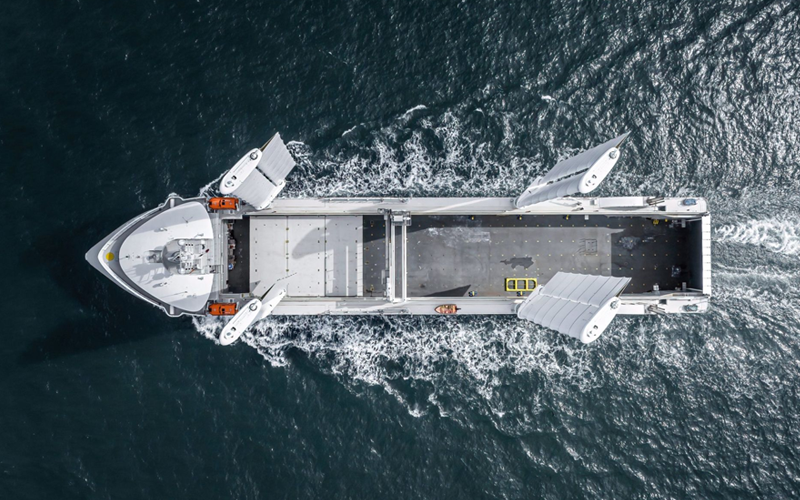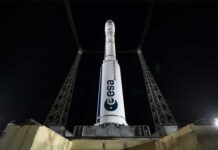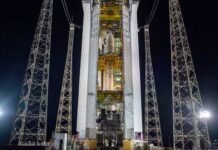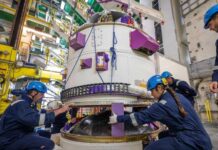
Airbus Defence and Space has announced that the 1.1-tonne Sentinel-2C satellite has been loaded onto the Ariane 6 transport ship Canopée for its two-week journey across the Atlantic to the Guiana Space Centre in French Guiana. The satellite is slated to be carried into space aboard the final Vega rocket launch in September.
Initially, ESA’s Biomass Earth observation satellite was scheduled to fly aboard the final Vega flight. However, after Vega C was grounded for an extended period following a failure in December 2022, the launch of the Sentinel-2C satellite for the European Union’s Copernicus Earth observation constellation became a higher priority.
The Sentinel 2 mission employs two identical satellites flying in the same orbit but 180 degrees apart from one another to optimize coverage and revisit time. Sentinel 2C will replace Sentinel 2A, which was launched in 2015, to operate in concert with Sentinel 2B, which was launched in 2017. The data collected by the satellite constellation is used for a range of applications, including land use tracking and environmental monitoring.
A rocky road to Vega’s last hurrah
The Avio-built Vega rocket was launched for the first time in February 2012. Assuming the successful launch of Sentinel-2C later this year, the rocket will have successfully completed 22 missions, with two of its 24 total missions ending in failure. The road to a final successful flight has, however, not been smooth sailing.
In December 2023, European Spaceflight reported that Avio had lost two of four propellant tanks required for the upper stage of the rocket’s final flight. The tanks were later found crushed, forcing the company to find an alternative. At the time, it proposed either using test articles of the tanks that had been used during the vehicle’s qualification phase in 2012 or modifying Vega C upper stage propellant tanks. It’s not clear which of the two options Avio selected to pursue.
While the status of the final Vega rocket is not known, images published by French space agency CNES revealed that at least some elements of the rocket had arrived in French Guiana in April.




